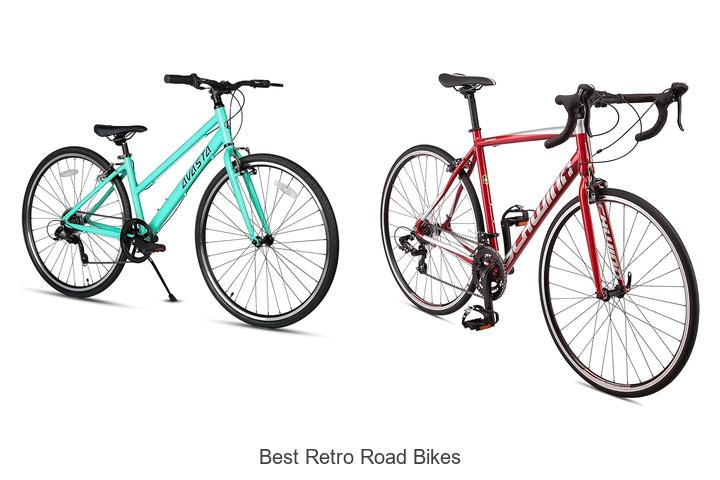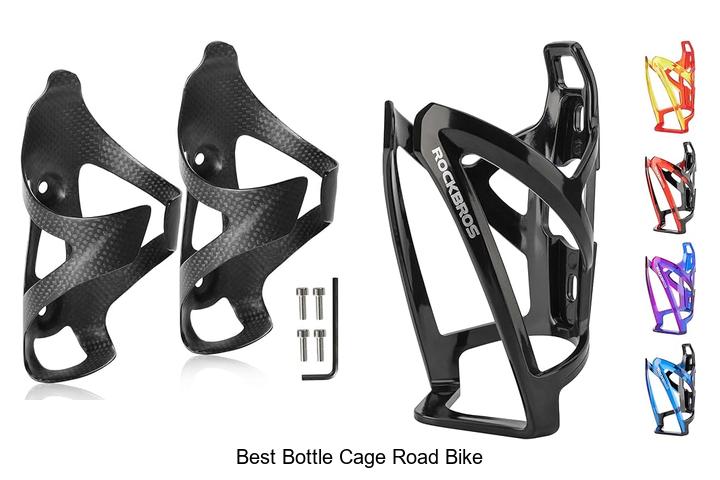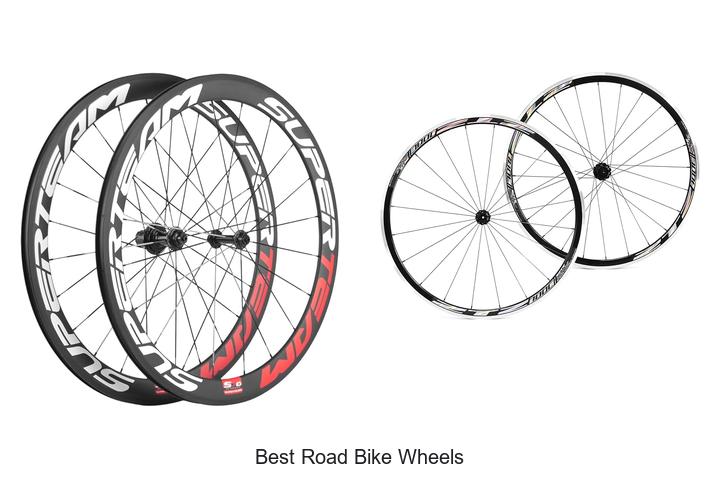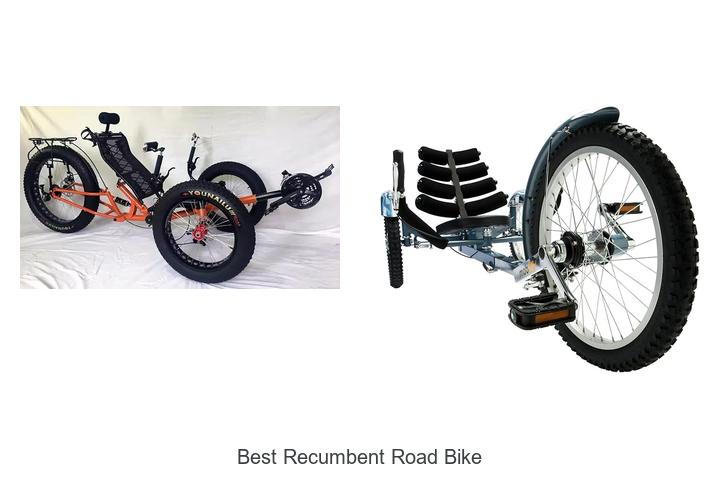How to Change Gears on a Road Bike: A Simple Beginner’s Guide
Shifting gears on a road bike might seem tricky at first but it’s a skill that can transform your riding experience. Knowing when and how to change gears helps you maintain a smooth cadence and tackle different terrains with ease. Whether you’re climbing steep hills or speeding on flat roads, mastering gear changes keeps you efficient and comfortable.
You don’t need to be a pro to get it right. With a little practice and understanding of your bike’s gear system you’ll gain confidence and control. This guide will walk you through the basics so you can enjoy every ride without struggling against your bike’s resistance.
Understanding Road Bike Gears
Understanding your road bike’s gear system makes shifting easier and improves your ride. Each component plays a role in controlling speed and effort across different terrains.
Overview of Gear Components
Your road bike uses a combination of components to change gears effectively. The shifters located on the handlebars adjust the chain’s position. They connect to the derailleurs, which guide the chain across the chainrings at the front and the cassette sprockets at the rear. The chainrings typically range from 39 to 53 teeth, while cassette sprockets vary between 11 and 32 teeth. The number of gears results from multiplying front chainrings by rear sprockets. Each gear combination offers different resistance and pedaling speed. Knowing how these parts interact helps you anticipate the bike’s response during shifts.
Importance of Proper Gear Shifting
Smooth gear shifting reduces drivetrain wear and maintains pedaling efficiency. Shifting gears early, before the terrain changes, prevents strain on the bike’s components. Using the right gear keeps your pedaling cadence consistent between 70 and 90 revolutions per minute, optimizing endurance and power output. Incorrect or delayed shifting can cause chain slipping or dropped chains, increasing maintenance needs. You control speed and effort better when you shift gears progressively, avoiding sudden jumps between large gear gaps. Practicing precise gear changes enhances your confidence on varied terrain and saves energy on long rides.
Preparing to Change Gears
Understanding how to prepare for gear changes improves your control and smoothness while riding. Proper preparation minimizes wear and maximizes pedaling efficiency.
Familiarizing Yourself with the Shifters
Identify your bike’s shifters first. Most road bikes have integrated brake and shift levers on handlebars. The right shifter controls the rear derailleur, adjusting the cassette gears. The left shifter controls the front derailleur, adjusting the chainrings. Practice using each shifter separately to feel the precise clicks and resistance. This familiarity helps you anticipate gear changes and avoid abrupt shifts.
Checking Your Bike Before Riding
Inspect multiple components before you start riding. Check the derailleur alignment; it must move freely without rubbing. Inspect the chain for dirt or wear to ensure smooth shifting. Examine cable tension, as loose cables cause delayed or skipped shifts. Verify the brake and shift levers respond promptly. Lubricate the chain and derailleurs periodically to reduce friction. Performing these checks regularly prevents gear issues and keeps your shifting system reliable.
How to Change Gears on a Road Bike
Mastering gear changes lets you maintain efficient pedaling and control your ride through varying terrain. Focus on smooth, timely shifts to optimize performance and reduce drivetrain wear.
Shifting the Front Derailleur
Shift the front derailleur to adjust chainrings and control pedaling resistance. Use the left shifter to move the chain between the larger and smaller chainrings. Shift to a larger chainring for higher speeds on flats or descents. Shift to a smaller chainring when climbing or needing lower resistance. Ease pedaling force during shifts to prevent chain drop and ensure smooth transitions.
Shifting the Rear Derailleur
Shift the rear derailleur to change cassette sprockets and fine-tune your cadence. Use the right shifter to move the chain across the rear gears. Shift to a larger sprocket for easier pedaling uphill or when fatigued. Shift to a smaller sprocket for faster speeds on level ground. Anticipate terrain changes and shift early to maintain steady pedaling and avoid strain on the drivetrain.
Coordinating Both Derailleurs Smoothly
Coordinate both derailleurs to achieve a balanced cadence and avoid overlap. Shift the front derailleur first to make significant adjustments, then fine-tune with the rear derailleur. Avoid shifting both derailleurs simultaneously to reduce chain slippage and mechanical wear. Monitor your pedaling pressure during shifts, easing output when changing gears to maintain drivetrain integrity and riding comfort.
Tips for Effective Gear Changing
Mastering gear changes improves your bike handling and riding efficiency. Applying precise techniques helps you maintain speed and prevent damage to your drivetrain.
When to Shift Gears
Shift gears before you face terrain changes or your cadence slows noticeably. Shift early uphill to reduce strain, and downshift before slowing too much on flat or descending sections. Adjust gears when you feel increased pedaling resistance, not after you’re struggling. Use smaller chainrings and larger sprockets for climbs, and larger chainrings with smaller sprockets for fast flats.
Avoiding Common Mistakes
Avoid shifting under heavy pedaling load to prevent chain slippage and component wear. Refrain from cross-chaining—using extreme gear combinations like large chainring with largest sprocket—as it damages the drivetrain. Don’t wait until your cadence drops excessively before shifting, as it increases fatigue. Avoid abrupt or simultaneous front and rear shifts which disrupt pedal smoothness and can cause mechanical issues.
Maintaining Smooth Transitions
Ease pedaling pressure slightly when shifting to reduce mechanical strain and enhance gear engagement. Shift one gear at a time, particularly with the rear derailleur, to help the chain settle smoothly on the new sprocket. Coordinate front derailleur shifts first during large gear changes, then fine-tune with rear adjustments. Regularly inspect and maintain drivetrain components to ensure responsive, noiseless gear changes.
Troubleshooting Gear Issues
Troubleshooting gear problems keeps your road bike shifting smoothly and your ride efficient. Address common issues quickly to avoid drivetrain damage and maintain control.
Identifying Gear Slippage
Detect gear slippage when your chain slips off a sprocket during pedaling, causing sudden loss of power or skipping. It occurs often under heavy load, such as climbing steep hills. Check if slippage happens on specific gears or during all shifts, which helps pinpoint worn sprockets or chain links. Listen for clicking noises or feel irregular pedaling resistance. Inspect the chain for signs of stretching or wear every 500 to 1,000 miles to prevent slippage.
Adjusting the Derailleurs
Adjust derailleurs to fix poor shifting accuracy and prevent chain drops. Use barrel adjusters on the shifters or inline on the cables to fine-tune cable tension. Increasing tension moves the derailleur outward, while decreasing shifts it inward. Align the front derailleur cage parallel to the chainrings and set its height 1-3 millimeters above the largest chainring. For the rear derailleur, ensure the hanger is straight and the limit screws restrict over-shifting beyond the largest and smallest sprockets. Test shifts on each gear, making small adjustments until the chain moves smoothly without hesitation or noise.
Conclusion
Mastering gear changes on your road bike opens up a smoother and more enjoyable ride. With practice, you’ll instinctively know when to shift, making climbs easier and flats faster without wasting energy.
Paying attention to your bike’s responsiveness and maintaining your drivetrain ensures every shift feels precise and reliable. As you gain confidence, your rides will become more efficient and comfortable, letting you focus on the road ahead.
Keep refining your skills and listening to your bike—it’s the key to unlocking your full cycling potential.
Frequently Asked Questions
Why is mastering gear shifting important for road biking?
Mastering gear shifting helps maintain a smooth pedaling cadence, reduces bike wear, and improves control on different terrains. It makes riding easier and more efficient.
What are the main components of a road bike’s gear system?
The key parts are shifters, derailleurs (front and rear), chainrings, and cassette sprockets. These work together to change gears smoothly.
When should I shift gears on my road bike?
Shift early before terrain changes or when your pedaling feels strained. This keeps cadence consistent and prevents damage to your drivetrain.
How do I use the left and right shifters?
The left shifter controls the front derailleur (chainrings), adjusting pedaling resistance. The right shifter controls the rear derailleur (cassette sprockets), fine-tuning speed and effort.
What is the best technique for smooth gear shifting?
Ease pedaling pressure slightly, shift one gear at a time, and coordinate front and rear derailleurs—front first for big changes, rear for fine adjustments.
How can I prevent gear shifting problems?
Regularly check derailleur alignment, chain condition, and cable tension. Lubricate parts and avoid shifting under heavy pedaling load.
What should I do if my gears slip or shift poorly?
Look for chain slippage or clicking noises. Adjust the derailleurs using barrel adjusters, realign the derailleur cage, and inspect the drivetrain for wear.
How can gear shifting improve my cycling endurance?
By maintaining a steady cadence and reducing strain, good gear shifting conserves energy, making long rides more comfortable and less tiring.
Is it difficult to learn how to shift gears effectively?
No, with practice and basic understanding of your bike’s gear system, anyone can gain confidence and shift smoothly over time.




